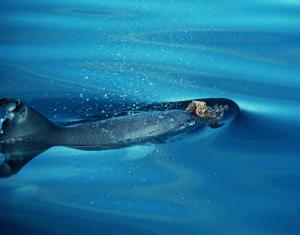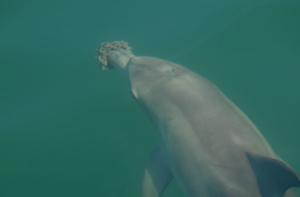OF THE
TIMES
- What about the 31,000 scientists who have signed a petition questioning the IPCC's global warming scenario?
- What about the fact that all five glaciers on California's Mt. Shasta are growing?
- What about the fact that glaciers on Mt. Logan, Canada's tallest mountain, are growing?
- What about the fact that the Nisqually glacier on Washington's Mt. Rainier is growing?
- What about the fact that Crater Glacier on Washington's Mount St. Helen's is growing?
- What about the fact that Mont Blanc Glacier the highest mountain in France and western Europe almost doubled in size in just four years?
- What about the fact that Alaskan glaciers are growing for the first time in 250 years?
- What about the fact that glaciers are growing in Norway?
- What about the fact that glaciers in the western Himalayas are growing?
- What about the fact that all 50 glaciers in New Zealand are growing?
- What about the fact that that the Antarctic Ice Sheets are growing?



